Climate change is reshaping daily life in surprising ways. The effects reach far beyond environmental headlines, from disrupted weather patterns to health risks and resource shifts. This article highlights 20 alarming ways climate change could impact daily routines, from commuting and food choices to personal health and energy use. As these changes intensify, understanding their impact on everyday activities becomes essential for adapting and finding sustainable ways to maintain a balanced life.
More Expensive Food Price
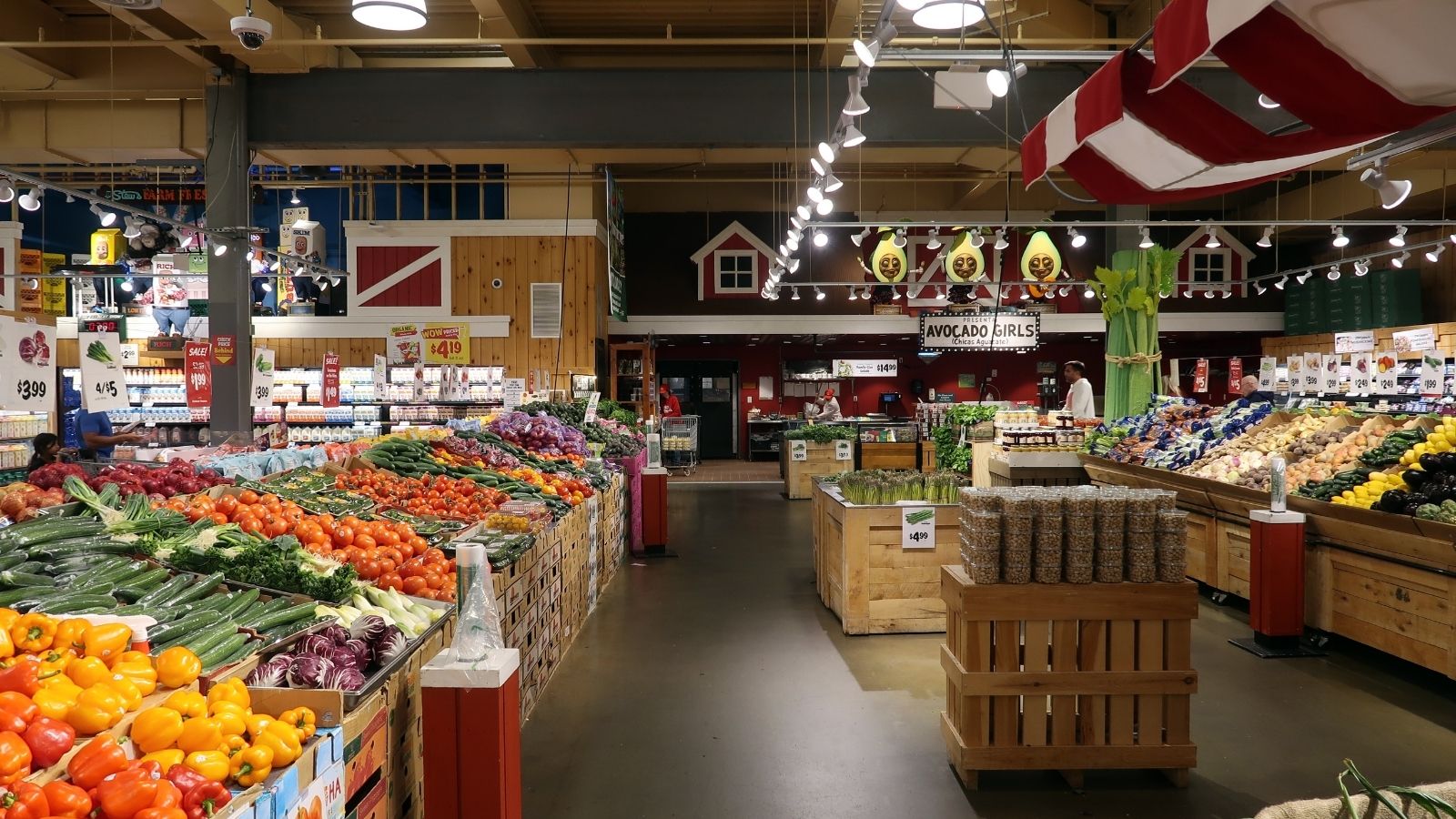
One of the most directly impacted aspects of daily life by climate change is the rising cost of food. Climate change affects crop yields, especially for wheat, corn, and rice staples.
As extreme weather events such as droughts, floods, and heat waves increase, it becomes more difficult for crops to thrive. This affects food prices, meaning smaller grocery hauls for the same money.
Water Restrictions and Shortages

Water is one of the most essential parts of our lives as it is required in almost everything from drinking to showering to watering your garden.
However, as climate change leads to severe droughts, more regions will have to impose water restrictions, limiting how often and how much you can use. A routine like watering plants or taking a long shower could become a luxury.
Power Outages

As climate change drives extreme weather events like storms, heat waves, and heavy rainfall, power outages are becoming more frequent. These disruptions can impact daily tasks, from cooking and working to staying cool or warm. Increased strain on the electrical grid may also lead to more blackouts and reduced energy reliability.
Heat-Related Health Risks

Rising temperatures due to climate change increase the risk of heat-related illnesses such as heat exhaustion and heat stroke. Vulnerable populations, including the elderly, young children, and those with certain medical conditions, are especially at risk. Prolonged heat exposure also worsens air quality, potentially leading to respiratory issues and other health complications.
Poor Air Quality
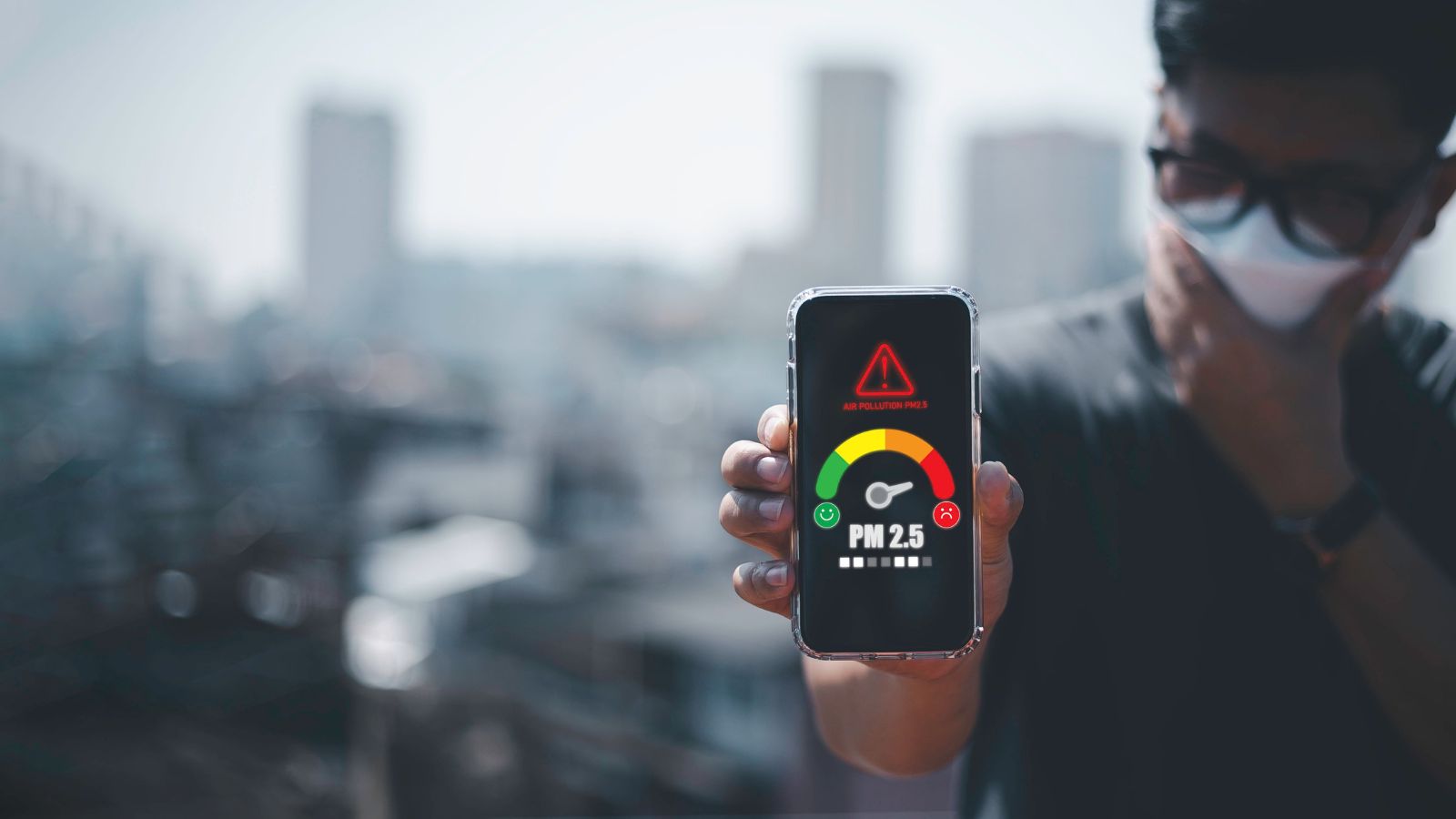
Climate change contributes to more wildfires and negatively affects air quality, which can lead to respiratory issues. Asthma and allergies could become more common as people deal with the effects of polluted air. Checking the air quality index before heading out may soon become the norm, just like checking the weather forecast.
Less Predictable Weather
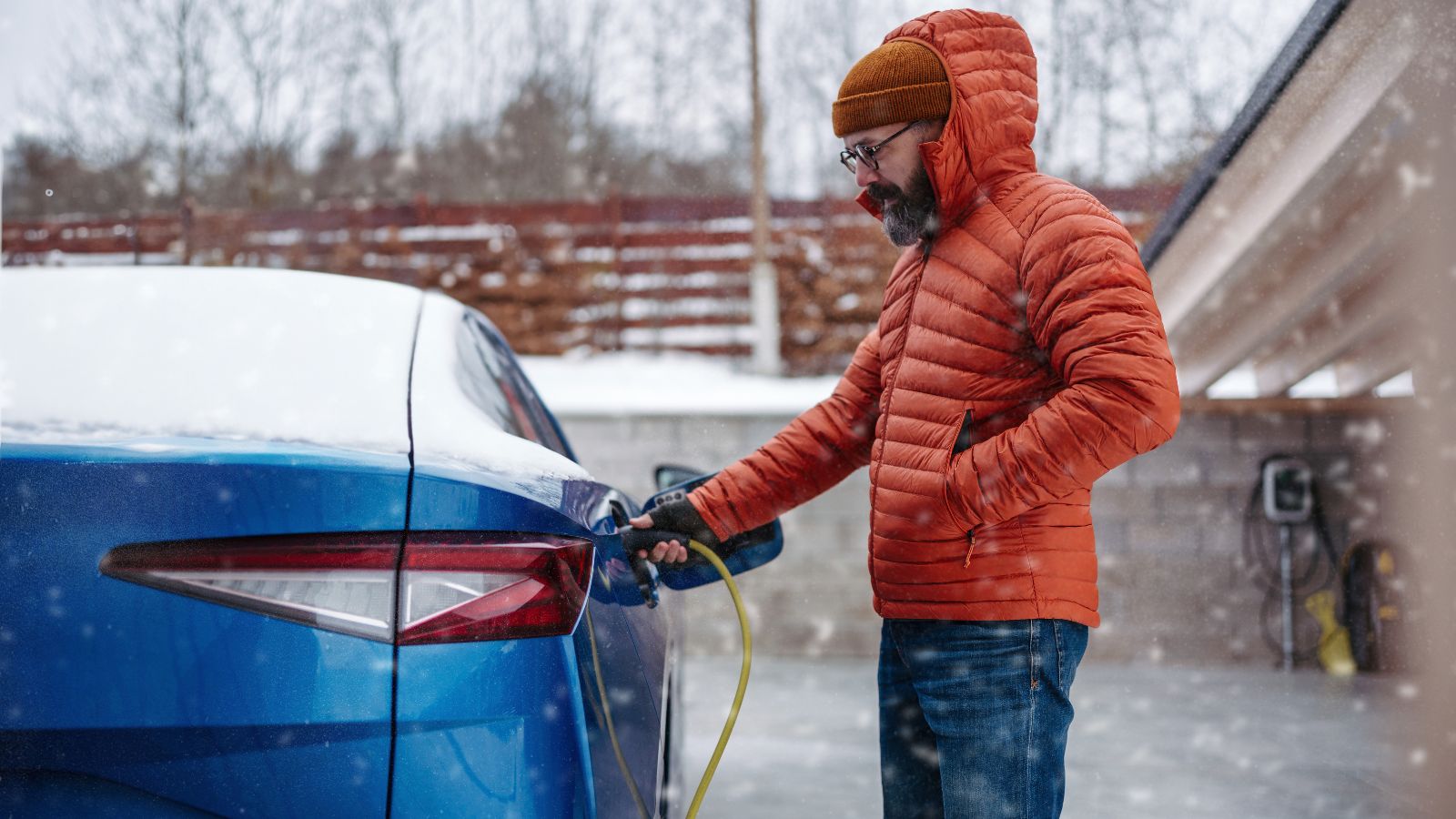
The days of stable, relatively predictable seasons could be over. With climate change, seasons are becoming increasingly erratic, making it harder to plan outings or decide what clothes to wear daily. A sudden snowstorm in October or an unseasonable heatwave in March might become the new normal.
Longer Allergy Seasons
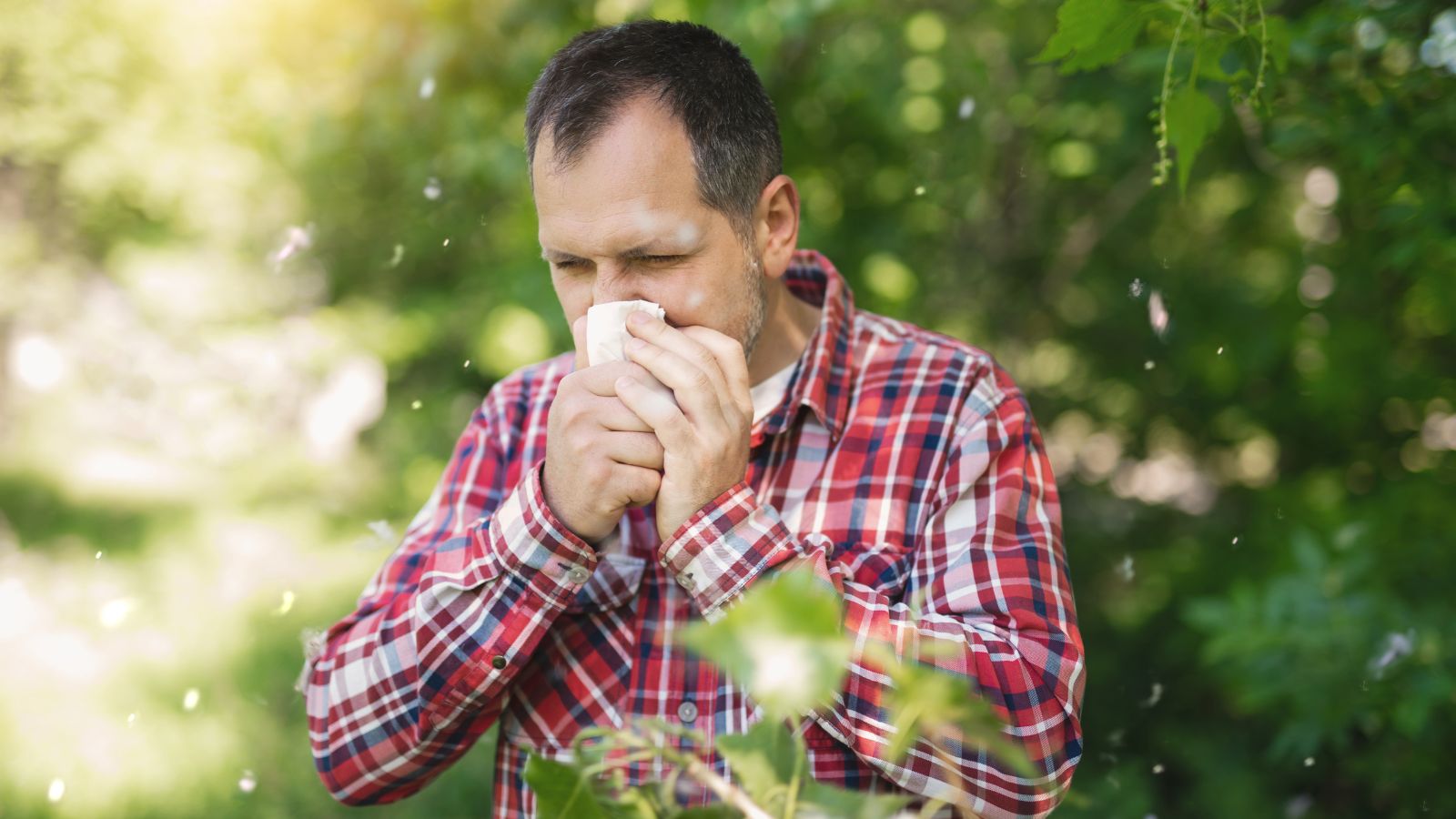
Allergy sufferers, beware: climate change could make your symptoms worse. Warming temperatures extend the growing season for plants, leading to longer pollen seasons and more intense allergies. Stocking up on allergy meds could become a regular part of life.
More Time Stuck in Traffic

As extreme weather events become more common, roads are often flooded, blocked by debris, or damaged, causing longer commutes and frequent delays. Drivers face increased traffic, detours, and unpredictable travel times, adding stress to daily routines. Cities may struggle to keep up with the repairs needed to maintain infrastructure.
Higher Cooling Costs

Keeping your home cool during increasingly intense summers could become a financial strain. The need for constant air conditioning will cause a spike in electricity bills, especially in regions that traditionally didn’t rely on cooling as much, and the people who do not have this luxury of air conditioning would suffer even more. As summer heat intensifies, energy-saving tips might become necessary, not just suggestions.
Potential Relocation for Some Jobs

Your location might change if your work is related to an industry directly affected by the environment—such as agriculture, construction, or even tourism. Climate-driven migration is already a reality and practiced in certain parts of the world, and workers in vulnerable areas may have to move, leave their jobs, or adapt to an evolving market.
Unpredictable Flights

If you travel frequently, your plans might be interrupted by more turbulence and delays. Scientists have linked rising temperatures with increased turbulence and storm frequency, making air travel a bumpier and less comfortable experience. Extra delays from extreme weather can also mean more time stuck at the airport.
Food Shortages and Limited Variety

Some types of produce, like coffee, avocados, and bananas, require very specific conditions to grow. Climate change threatens these conditions, making your favorite foods harder to find or more expensive. You might see fewer choices at the grocery store and maybe some seasonal shortages.
Increased Pest Control Needs

As temperatures rise and ecosystems shift, pests like mosquitoes, ticks, and rodents invade new areas. This increase in pests leads to potential health risks and means you might spend more time and money on pest control products or services to protect your home and family.
More Frequent Skin Care Adjustments

Extreme weather—whether sunny, windy or just dry air—takes a toll on your skin. Climate change could lead to more frequent shifts in skincare routines, with people needing more moisturizing products, sunscreen, or treatments for skin conditions caused by environmental factors.
Increased Noise Pollution

As climate change intensifies, regions may rely more on emergency construction, repair work, or disaster response, which could lead to increased noise pollution. Constant noise from repairs, construction, and clean-up efforts may become more common, particularly in urban areas.
Potential Shift in Work Hours

With more extreme temperatures, outdoor work may need to be rescheduled for cooler parts of the day, such as early morning or late evening. Workers, especially in industries like agriculture, landscaping, or construction, would have to adapt to these newer shift timings as employers start prioritizing safety over traditional work hours.
Mental Health Strain

Climate-induced anxiety is a real and growing phenomenon that reflects the mental health strain many people feel as they deal with the adverse effects of climate change. Living in constant worry about the future of the environment can lead to feelings of helplessness, anxiety, and depression, impacting daily moods and routines.
Evolving Fashion Choices
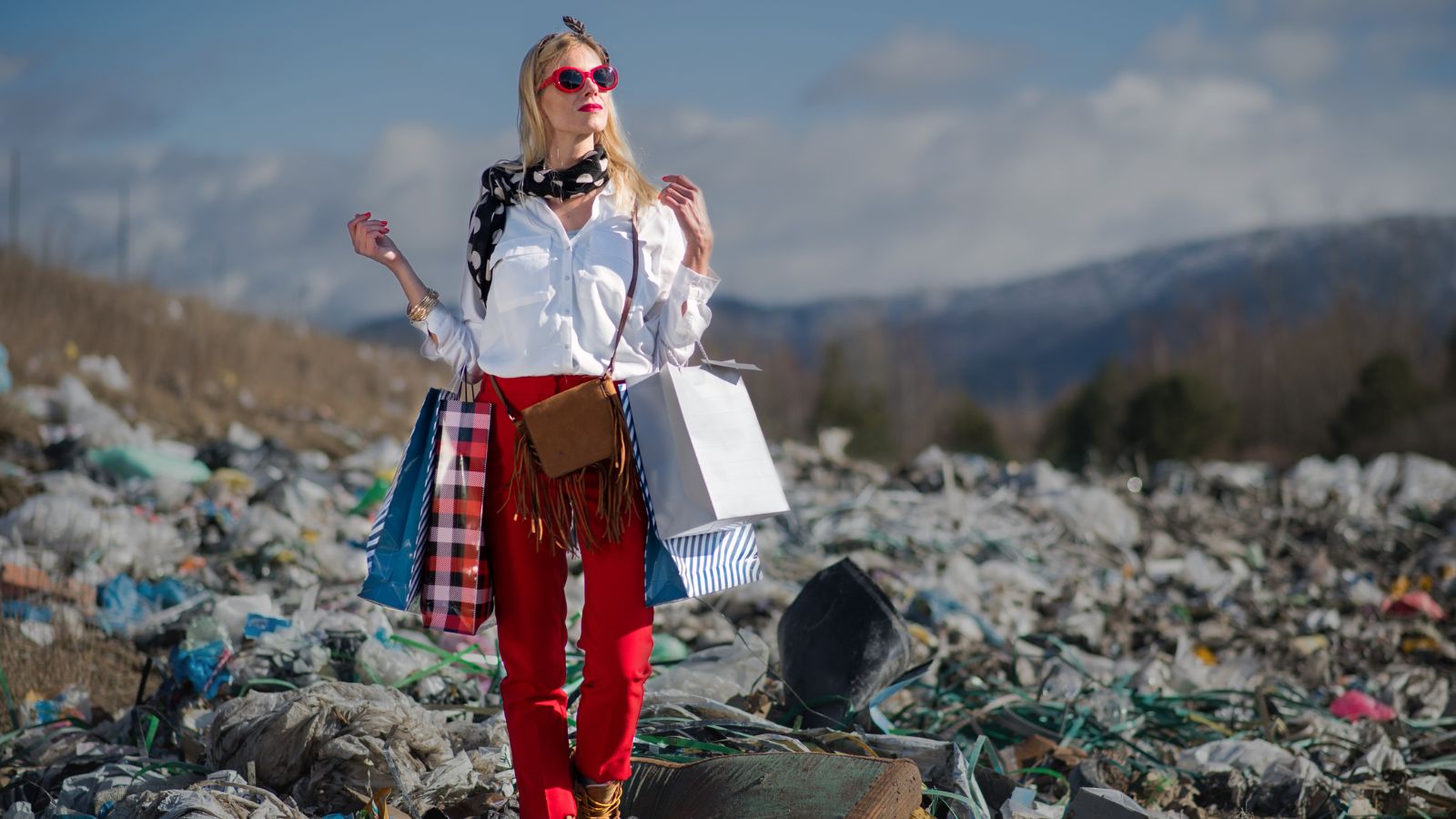
As seasons become more unpredictable, seasonal clothing might start to disappear. Instead of storing away winter coats, you may need them unexpectedly at different times of the year, creating a need for more flexible wardrobes. Fashion might shift to focus on year-round, versatile pieces as a practical response.
Reduced Availability of Recreational Activities

For those who enjoy winter sports or outdoor activities, climate change could restrict these opportunities. Ski resorts are already struggling with shorter seasons and reduced snowfall, while extreme heat and storm conditions affect hiking, camping, and beach days. Leisure activities may shift to indoor or virtual alternatives.
More Complex Home Maintenance
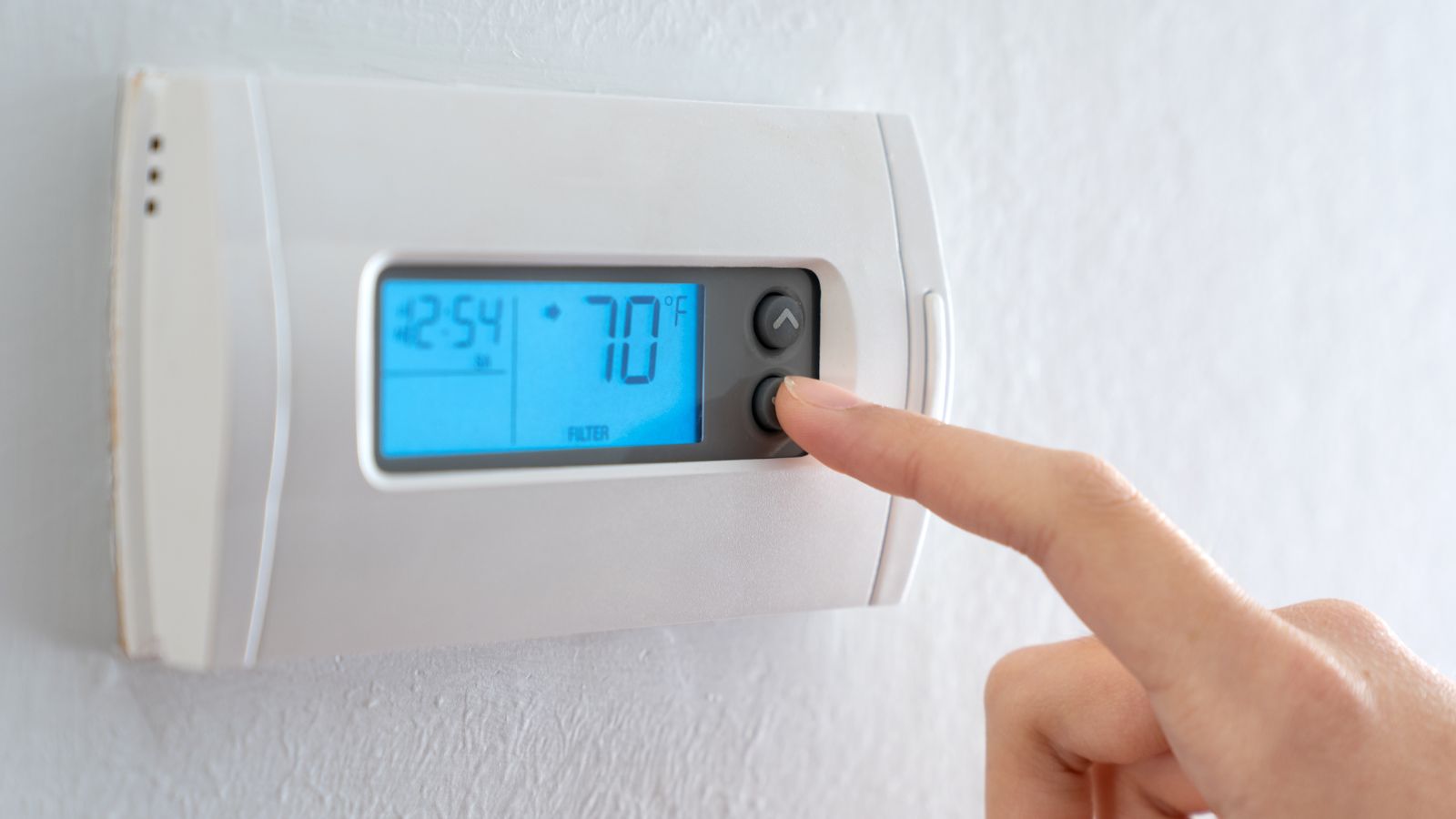
Rising temperatures, stronger storms, flooding, and other natural disasters can all take a toll on homes, requiring more maintenance to prevent weather-related damage. Investing in sturdier materials, stronger roofing, flood-proofing, or backup power systems could become essential.
Conclusion:
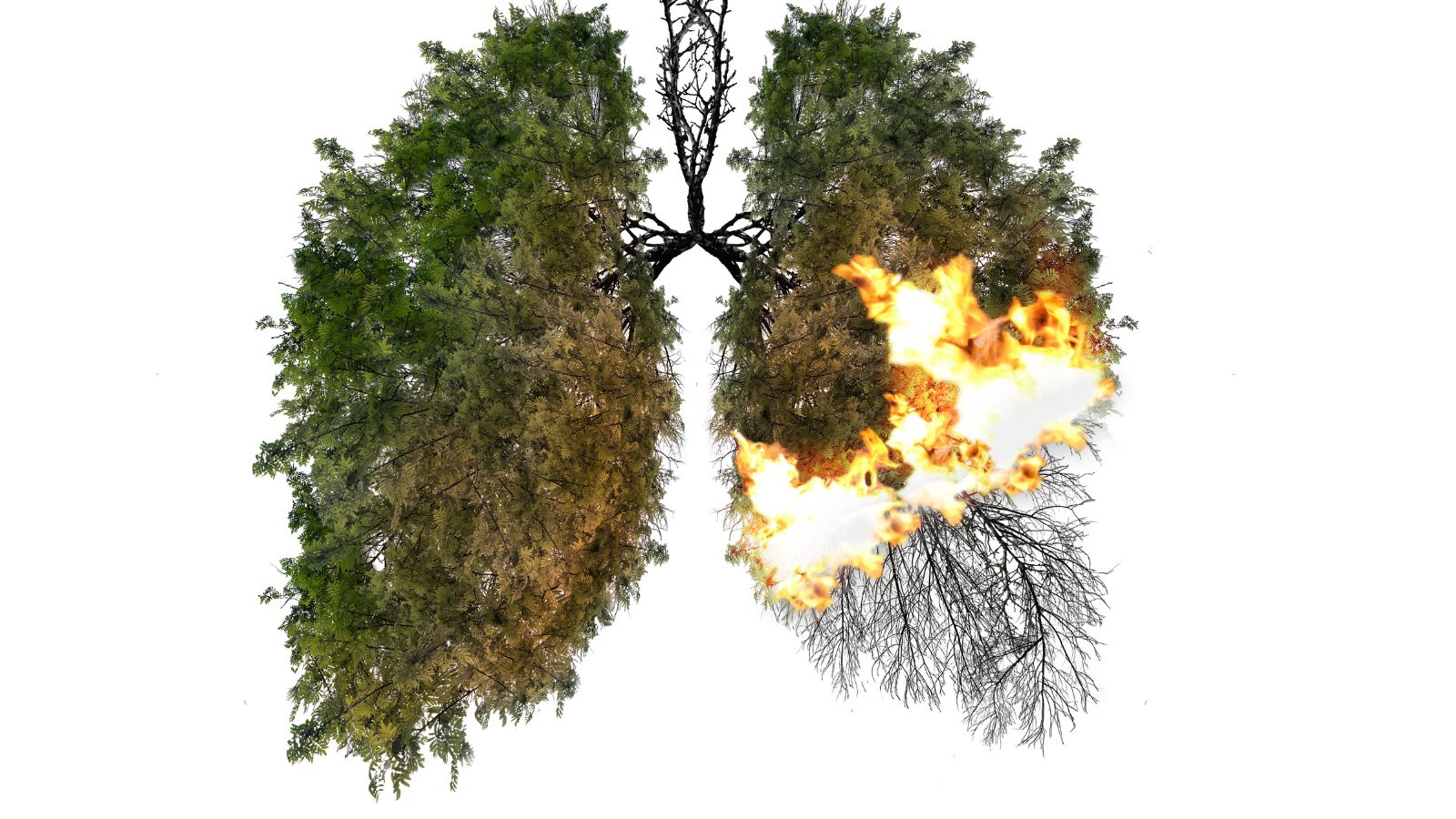
As climate change continues transforming our world, its impact on daily life becomes increasingly evident. Recognizing how climate change alters everyday routines empowers individuals to adapt and seek sustainable solutions. We can mitigate these challenges by staying informed and proactive, ensuring a healthier, more resilient future for ourselves and our communities.
18 Reasons Why People Are Leaving Florida in Masses

Exploring factors that impact the desirability of living in Florida, this list delves into various challenges shaping residents’ experiences. From environmental concerns like rising sea levels to economic factors such as fluctuating job markets, these issues collectively contribute to a nuanced understanding of the state’s appeal.
18 Reasons Why People Are Leaving Florida in Masses
